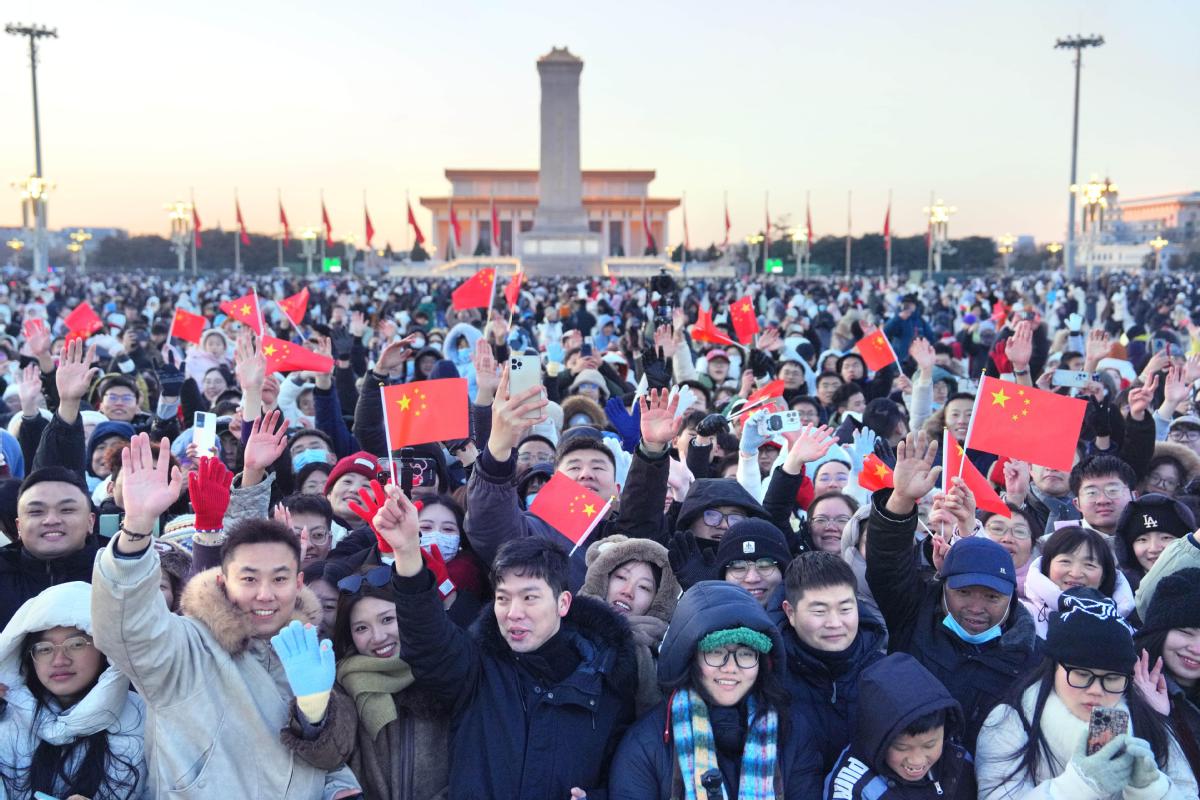We have definitely made a lot of progress since 2008

Liang Jian, 50, director of the neurosurgery department at Wuhan Central Hospital, Hubei province.
On May 12, 2008, I was lying on my bed resting after a long morning of surgery when the building began to shake. It was an earthquake.
Soon after, I was called and told to leave immediately for Wenchuan, Sichuan province, with the Hubei provincial rescue team. The damage from the earthquake was widespread, and on the first day of our deployment the local airport had been damaged so our plane was unable to land. It was quickly repaired, though, so we arrived on the second day and started operations.
Though it's been 10 years, the memories are fresh. We were dispatched to Shifang city, and the devastation could be seen everywhere. For dozens of square kilometers, not one building remained intact. In fact, most of them had collapsed.
Though we brought as many medical supplies as we could carry, we only had a limited number of disposable items, so we had to disinfect the equipment frequently. The lack of water and no power supply made our work extremely difficult.
We worked in a simple tent. In the evening, when patients were sent to us, most of the doctors had to stop work and hold flashlights so that one doctor would have enough light to assess and treat the injured.
The patients poured in continuously, but we also provided treatment in the field. The situation was chaotic because of a lack of equipment, and there were few nurses to assist us. There were so many patients that we had no option but to concentrate on treating the most seriously injured.
In the past 10 years, the medical sector nationwide has made strenuous efforts to improve its capabilities as China works to establish a complete emergency response system. For example, my hospital regularly holds training sessions on the provision of emergency care.
Meanwhile, we have gained experience and learned lessons from taking part in a number of disaster relief efforts, which means the country's medical rescue capabilities have improved greatly.
Now, we are well-equipped when we take part in rescue operations. In addition to having enough equipment and materials, including charging facilities and apparatus such as defibrillators, the doctors are assisted by an adequate number of nurses. When injured people are sent to us, we can concentrate on checking and treating them while the nurses deal with fluid infusions and other procedures.
As a member of the Clouded Leopard Rescue Team in Wuhan, capital of Hubei province, I have regularly provided training for other team members before they headed to disaster zones, including the 2015 Nepal earthquake. I have also shared the lessons I learned during the Wenchuan earthquake.
Since 2008, China has made great progress in terms of emergency medical rescue.
Liang Jian spoke with Liu Kun.
- Interest in Turkiye soars among Chinese tourists after introduction of visa-free entry
- Yunnan e-bike fire probe identifies raft of failings
- Investigation report released on e-bike fire that killed 8 in Southwest China
- Understanding Xi's vision of China and the world through New Year message
- 'Artificial sun' experiment finds way to break plasma density limit
- China reports 20% rise in inter-regional trips on first day of holiday



































